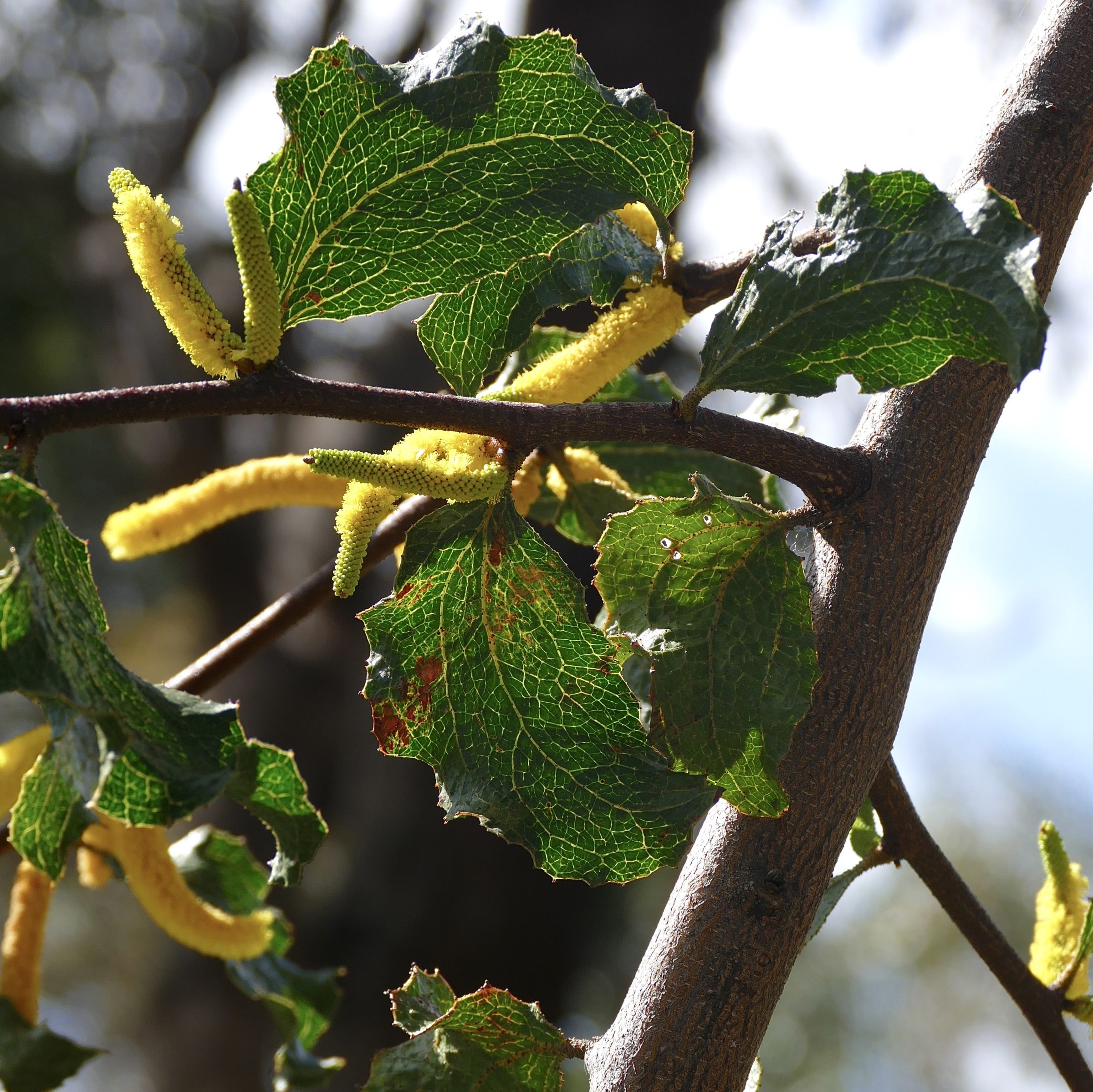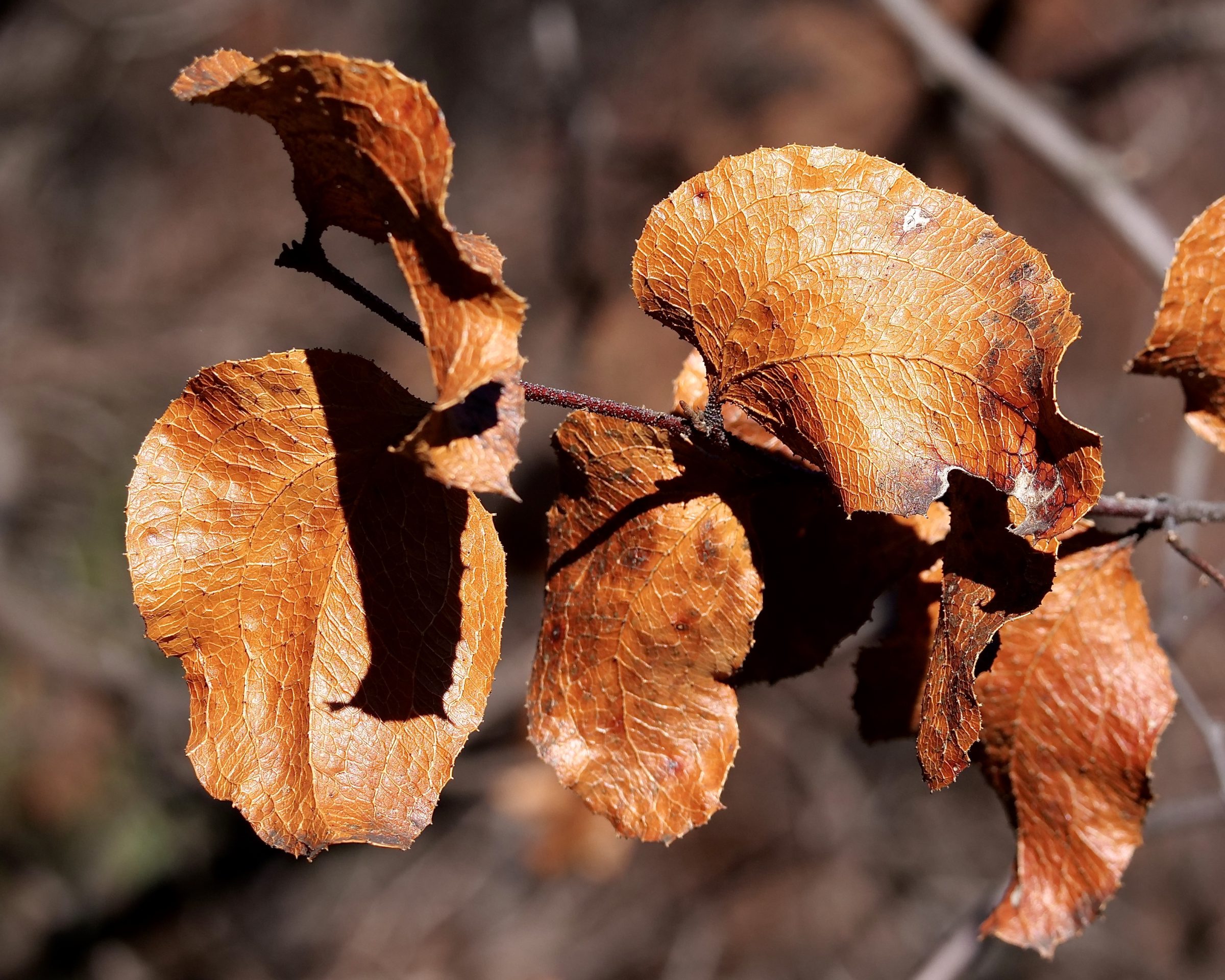The only Hollywood to have repeatedly appeared in Pelican Yoga is a small but significant piece of remnant bushland, adjacent to Perth’s Karrakatta Cemetery.
Until 19 January this year, the organism pictured above was a fine, living example of a weird, wonderful, and very rare Western Australian Acacia species.
When I photographed a few of its “leaves”, glowing in bright winter light at 2.33 pm on 01 July 2022, it and they were as dead as the many thousands of entombed persons, nearby.
(with luck, some of its seeds may prove viable, but this individual plant is kaput)
The “suspicious” fire of 19.01.2022 – a 42 degree “scorcher” in Perth – prompted much circling-above by media-hired helicopters, and many a dramatic “live” report on Perth airwaves.
Almost all such reportage only paid attention to the fire’s threat to the two adjacent cemeteries (Karrakatta Cemetery is, I think, Australia’s largest, outside of Sydney and Melbourne) and to houses in nearby, well-heeled streets; once those threats were “brought under control”, media coverage abruptly ceased.
”Mainstream”/“major” media paid zero attention to the devastation this very hot fire wreaked on a sizeable portion of Hollywood Reserve.
Nearly six months on, “recovery” was tentatively evident/underway in some of the burnt area, but not evident at all in a substantial portion.
Pictured above and below – respectively, dead and alive – are examples of Sandpaper Wattle, Acacia denticulosa.

This is a vulnerable species; in the wild, only a tiny and declining number of small, discrete populations survive, scattered across a subsection of Western Australia’s wheatbelt.
Its singular appearance – and the fact that it is not very difficult to propagate – have probably ensured that the species has a longterm future as an in-demand garden plant.
Believe me, your fingers will scarcely believe what they are feeling, whenever first they touch a Sandpaper Wattle’s incredibly tough, abrasive “leaves”.
The “leaves” are not leaves-proper at all.
They are phyllodes – modified petioles or leaf stems, which take over the functions of leaves-proper; in some Acacia species, phyllodes have replaced leaves, entirely.
Where water is scarce and climates dessicating, phyllodes outperform leaves-proper; click here for a brief, illustrated explanation.
Click this for more about Sandpaper Wattles and how to grow them.
Winter’s last day is 31 August… for those Australians who see European calendars as relevant to Australia’s many and hugely-various seasons, who regard Santa Claus as real, and who believe that everything said by Australia’s 30th Prime Minister was truthful.
I’m a non-believer in all the above, but #25 – to be published on 31 August – will indeed conclude the “McGowangrad, winter ‘22” series.
